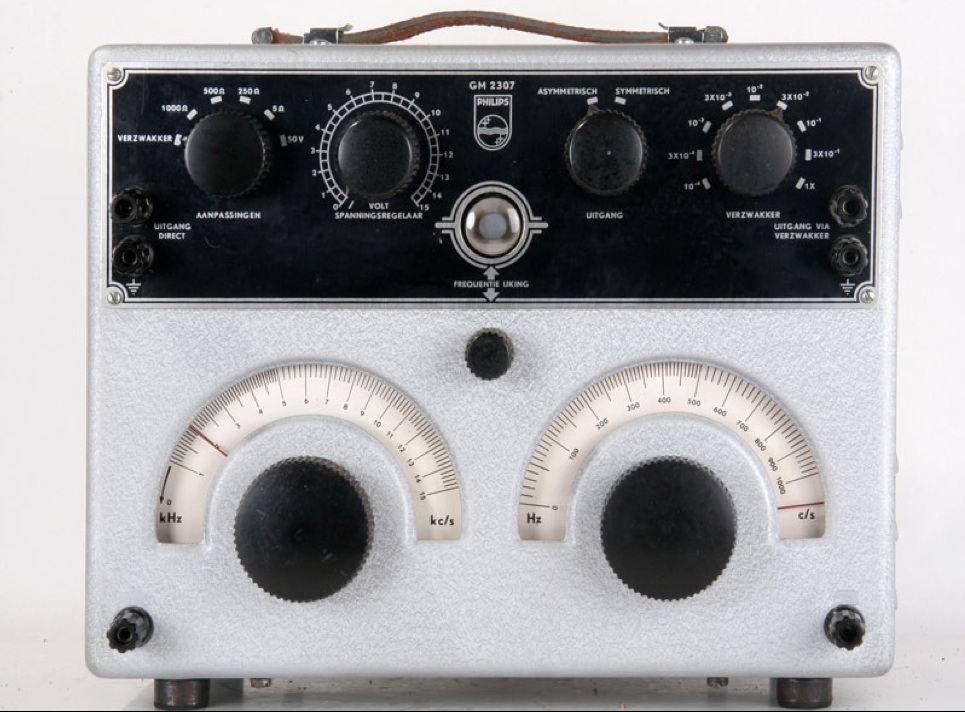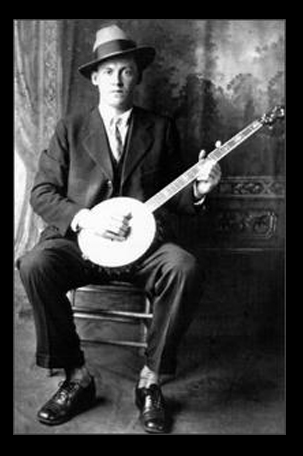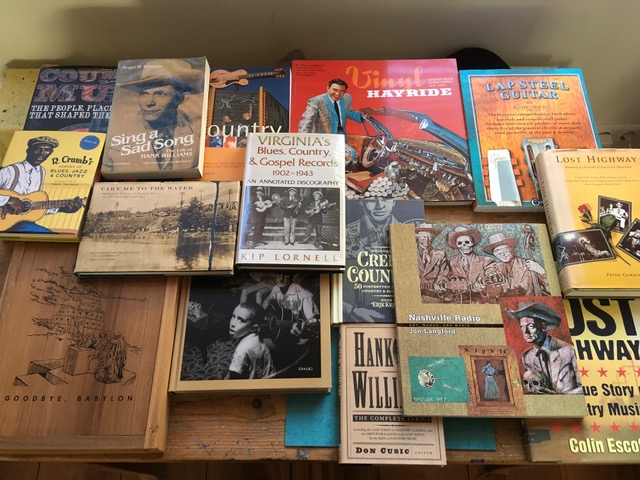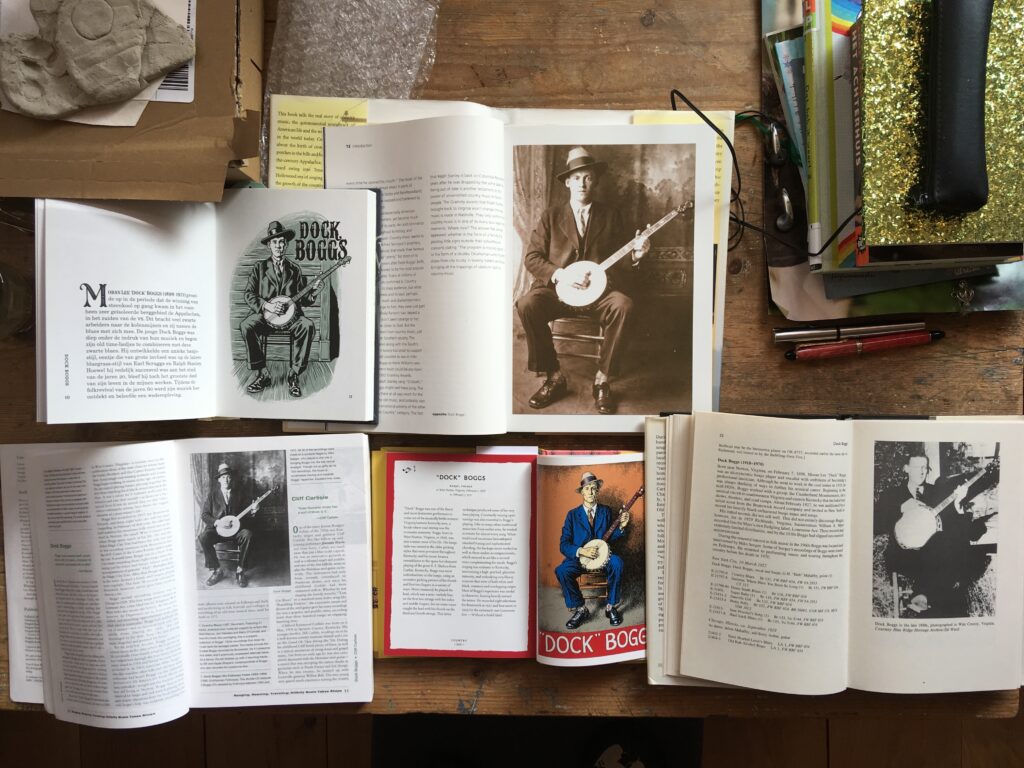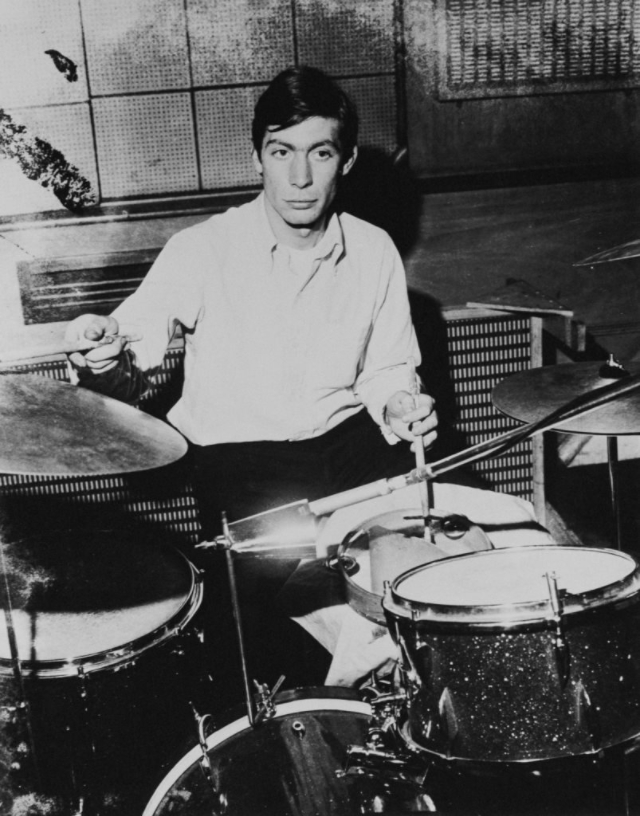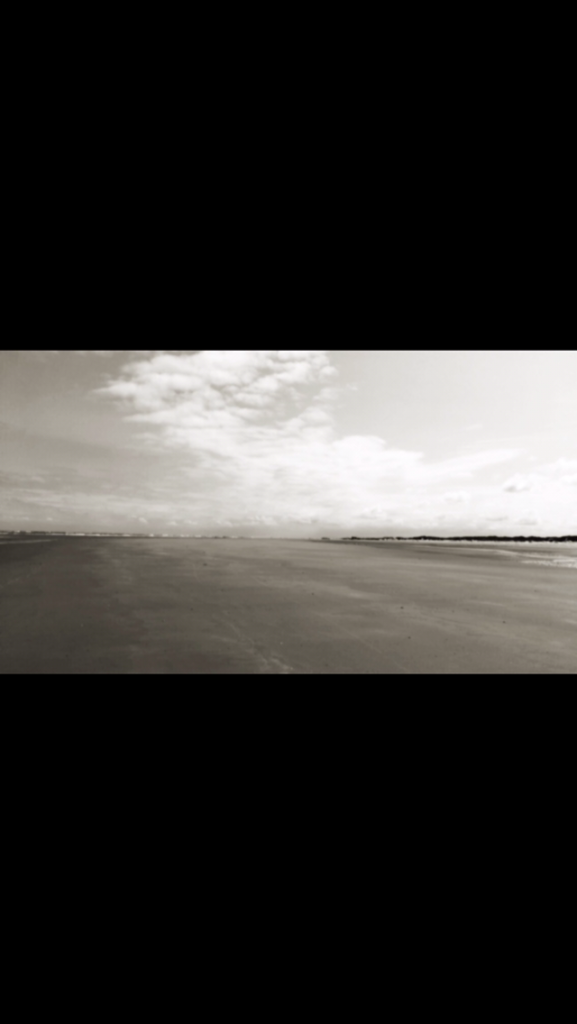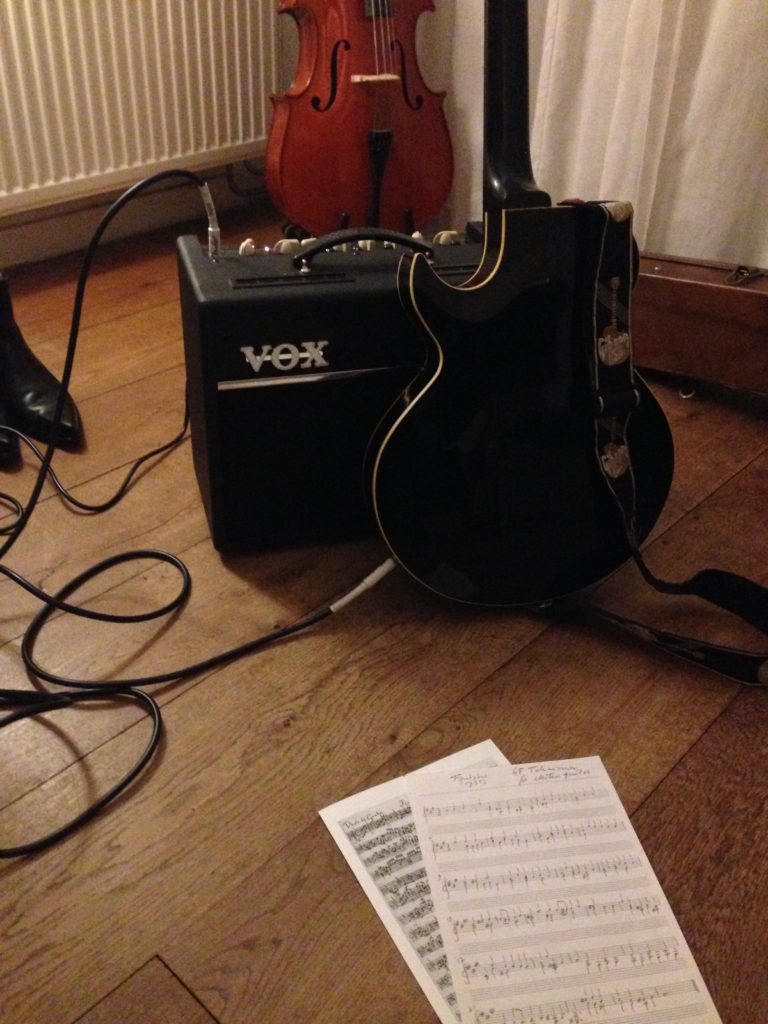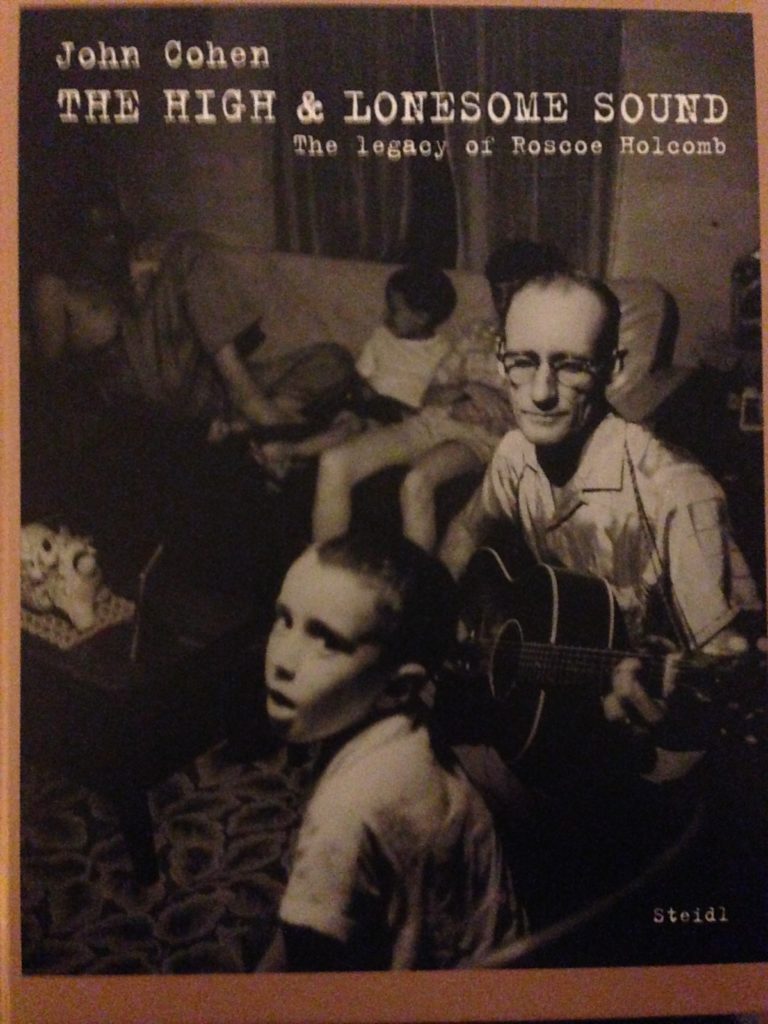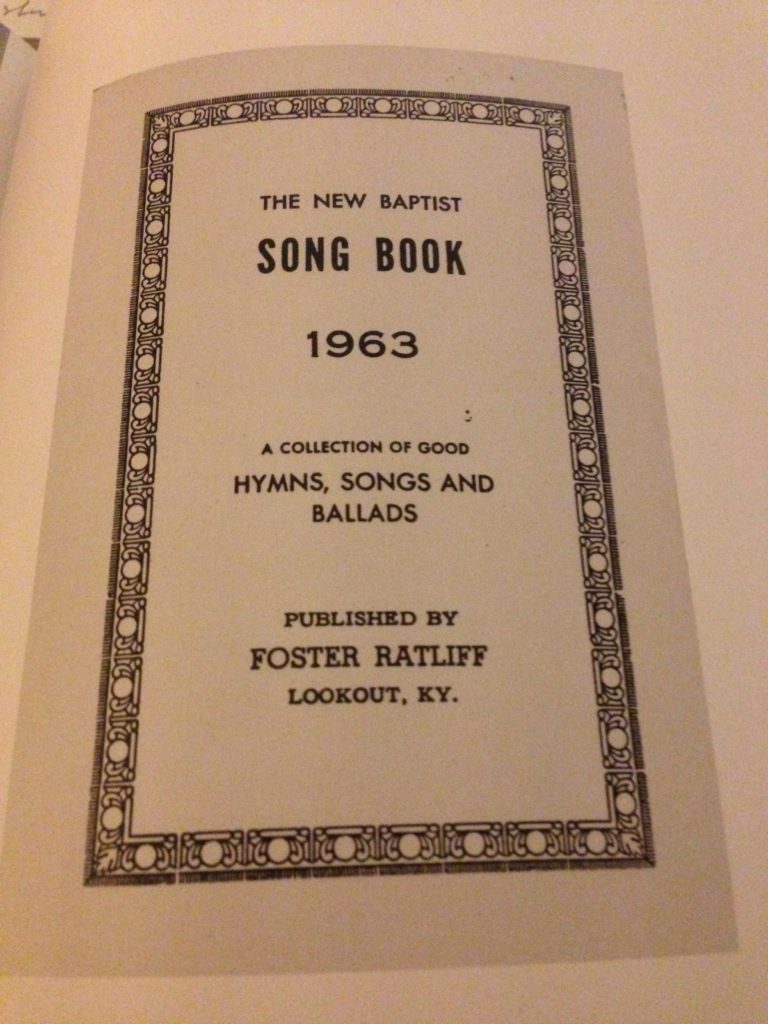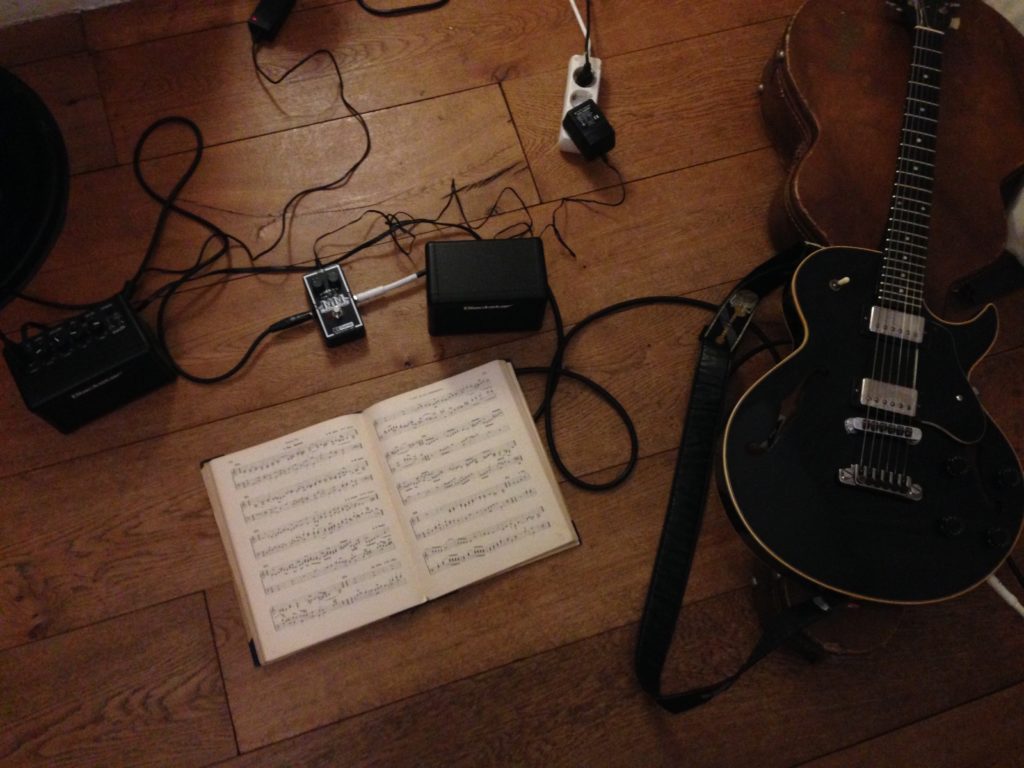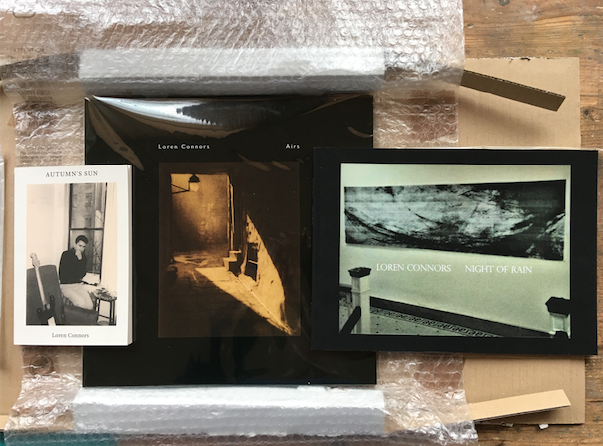
Voor mij ligt een pakketje dat ik enkele weken geleden ontving van distributeur en uitgever Soundohm uit Milaan.
Het bevat werk van Loren Connors een heruitgave van het album ‘Airs’ op vinyl,
een catalogus van de schilderijen expo ‘Night of Rain’, beiden uitgegeven door Sean McCann’s uitgeverij Recital, en het al wat oudere boekje ‘Autumn’s Sun’,
een uitgave van Blank Forms Edition.
De inhoud van het pakket geeft een mooi beeld van het palet van elektrisch gitarist
en beeldend kunstenaar Loren Connors.
Loren Connors, geboren in 1949 in New Haven in de Amerikaanse staat Connecticut, woont en werkt in New York City. Hij speelt de blues, en wordt ook wel de ‘modern master of the avant blues and the abstract’ genoemd.
De laatste jaren krijgt Loren steeds meer naamsbekendheid, mede door een groot artikel in THE WIRE in 2016 en een mooi stuk in de The New York Times afgelopen september.
Zijn werk wordt nu heruitgegeven en bekende muzikanten, zoals Thurston Moore en Jim O’Rourke, maar ook filmregisseur Jim Jarmusch, spreken hun bewondering uit.
Lange weg naar de top
Jaren lang woont Loren Connors in kraakpanden en brengt hij platen uit die niemand wil hebben.
Hij werkt vijftien jaar als congiërge aan Yale University, maar Loren is geen klager.
Yale University betekent ook dat hij zich vijftien jaar lang kan verdiepen in de blues, gebruikmakend van de omvangrijke muziekbibliotheek van de universiteit.
In deze periode, die zich tot 1990 afspeelt in New Haven, ontwikkelt hij zijn persoonlijke stijl, geïnspireerd op de blues.
In zijn boekje ‘Autumn Sun’ vergelijkt hij de blues met de Haiku.
Beiden trachten met eenvoudige middelen, een gedicht van drie zinnen of een lied met drie akkoorden, een ervaring op te roepen:
Een directe schoonheidsbeleving, even het onaantastbare kunnen aanraken.
De blues blijft ook later, als zijn stijl zich ontwikkelt en hij nieuwe wegen inslaat, fundamenteel in zijn werk.
In 1986 bezoekt Loren een tentoonstelling van kunstschilder Mark Rothko en benoemt de enorme invloed die het werk van Rothko op hem heeft gehad.
Naast de blues is Mark Rothko een andere pijler in zijn kunstenaarschap. Hij vertegenwoordigt Lorens gedrevenheid voor het tekenen en schilderen.
Sierlijke portretten staan op de talloze hoezen die hij maakt voor zijn vinyl albums en cd’s.
En ook muzikaal maakt hij op dat moment een belangrijke ontwikkeling door, hij ontdekt de multi-tracker, een 4 sporen cassette recorder, die een revolutie ontketent in het leven van muzikanten. Met de multi-tracker kunnen muzikanten zonder tussenkomst van dure studio’s hun muziek opnemen.
Hij maakt gebruik van deze viersporentechniek om het album ‘Blues / The Dark Paintings of Mark Rothko‘ op te nemen.
De multi-tracker stelt hem in staat om meerdere gitaartracks naast elkaar op te nemen. Hieruit ontstaat een volkomen eigen manier van spelen: de “Loren- Connors stijl”: uniek en onuitwisbaar.
Zijn improvisaties daarna blijven niet langer beperkt tot de blues. Er gaan nieuwe deuren voor hem open, waarin hij zijn Ierse muzikale roots onderzoekt. Het album “Airs” is het hoogtepunt van deze ontwikkeling.
Een nieuwe periode breekt aan, waarin Loren meerdere albums maakt met muzikale miniaturen. De albums ‘portrait of a soul’ en ‘As Roses Bow Collected Airs 1992-2002’ geven een mooi overzicht van deze muzikale miniaturen, die gekenmerkt worden door composities met een korte lengte en een beknopte eenvoudige vorm.
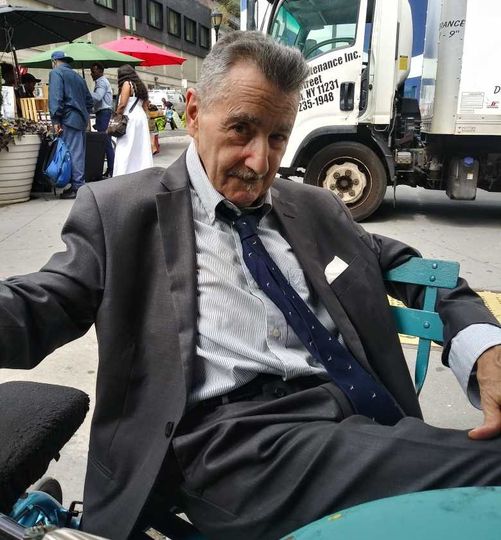
In 1991 wordt de ziekte van Parkinson geconstateerd bij Loren, een ziekte waar hij ondertussen al meer dan dertig jaar mee leeft.
De ziekte heeft een enorme invloed op zijn leven: het sloopt hem. In het NewYorkTimes-artikel zegt hij: “Parkinson’s is a curse, it doesn’t kill you, but it just makes your life terrible. I’m hanging in there.”
Hij kan nauwelijks meer lopen, en zijn spraakvermogen is ernstig aangetast door de grote hoeveelheid medicatie die hij dagelijks moet innemen.
Maar zijn handen doen het nog, en zijn onverzettelijkheid en vastberadenheid maken dat hij door blijft werken, elke dag opnieuw.
Zijn muziek wordt abstracter. Zijn instrumenten worden kleiner, lichter en dus beter hanteerbaar, maar zijn geluid wordt groter. Golven van harmonische klanken worden afgewisseld met momenten van ruis en relatieve stilte.
Kleur in de rauwheid van het dagelijkse bestaan.
Inmiddels heeft Loren meer dan honderd albums uitgebracht, die een mooi beeld geven van het leven van de kunstenaar.
Nu zijn er ook twee boeken gepubliceerd over zijn teken- en schilderwerk.
Waar zijn vroege vinyl- en cd hoezen vaak portretten zijn, laat hij in zijn huidige werk ruimte voor subtiele, vaak ontroerende, wilde bloemen [ ‘Wild Weeds’ ] en landschappen [ ‘Night of Rain’ ].
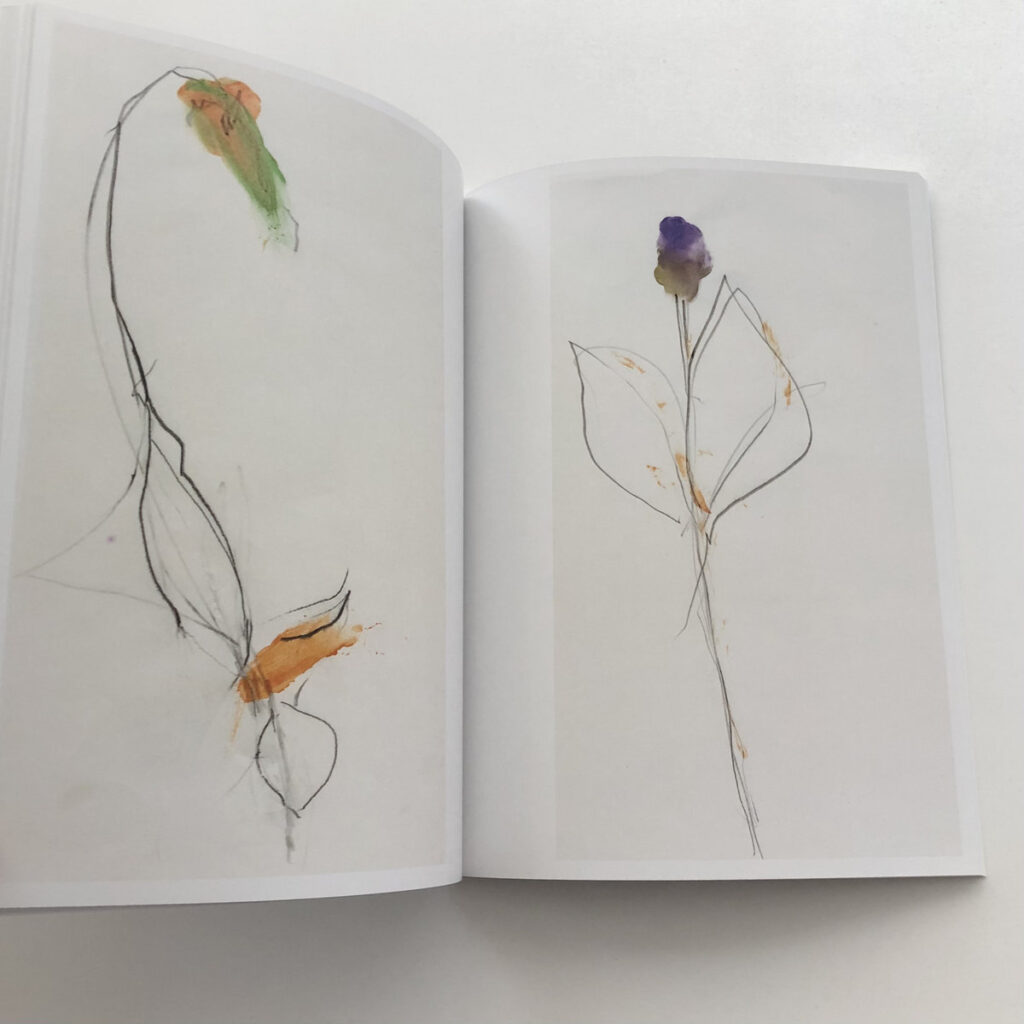
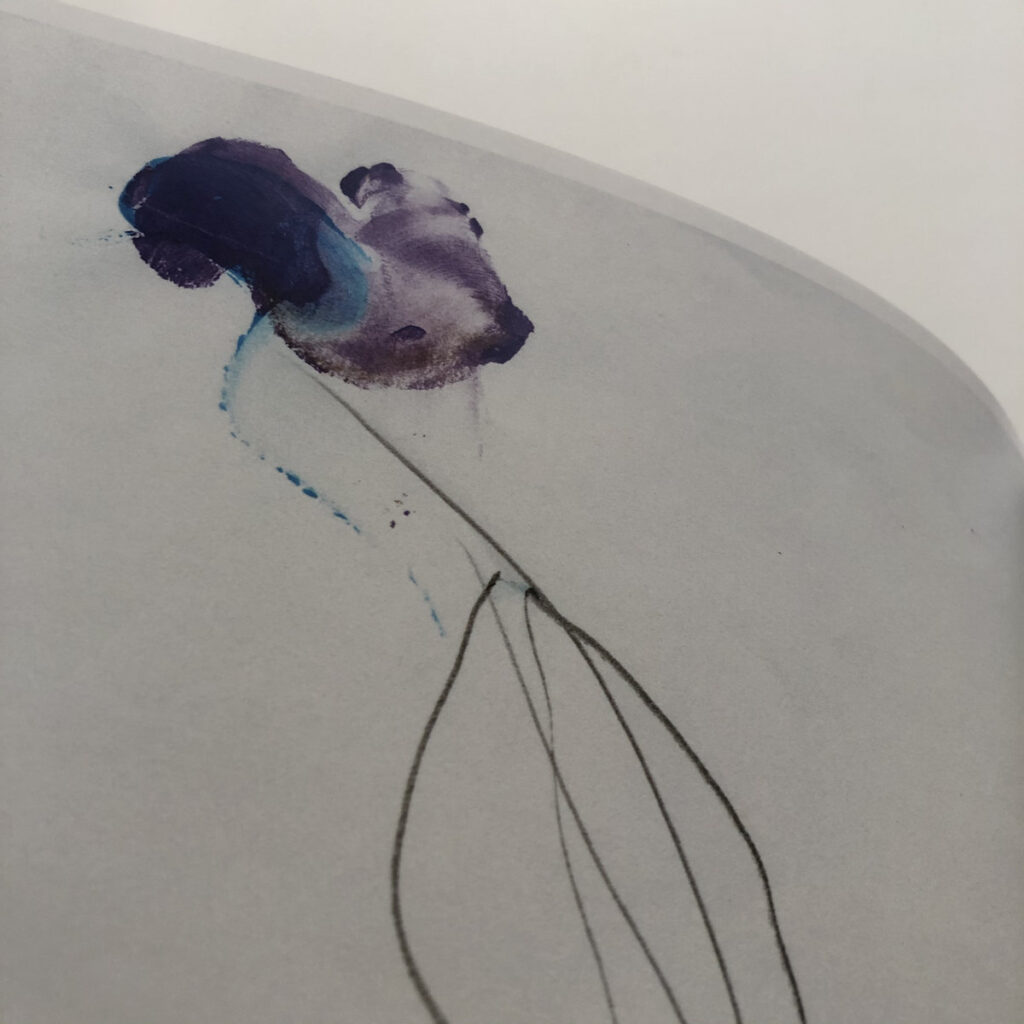
Van 28 Januari – 25 Maart 2023 is de expositie ‘Loren Connors: A Coming To Shore’ te zien in the Blank Forms Gallery in Brooklyn NY.
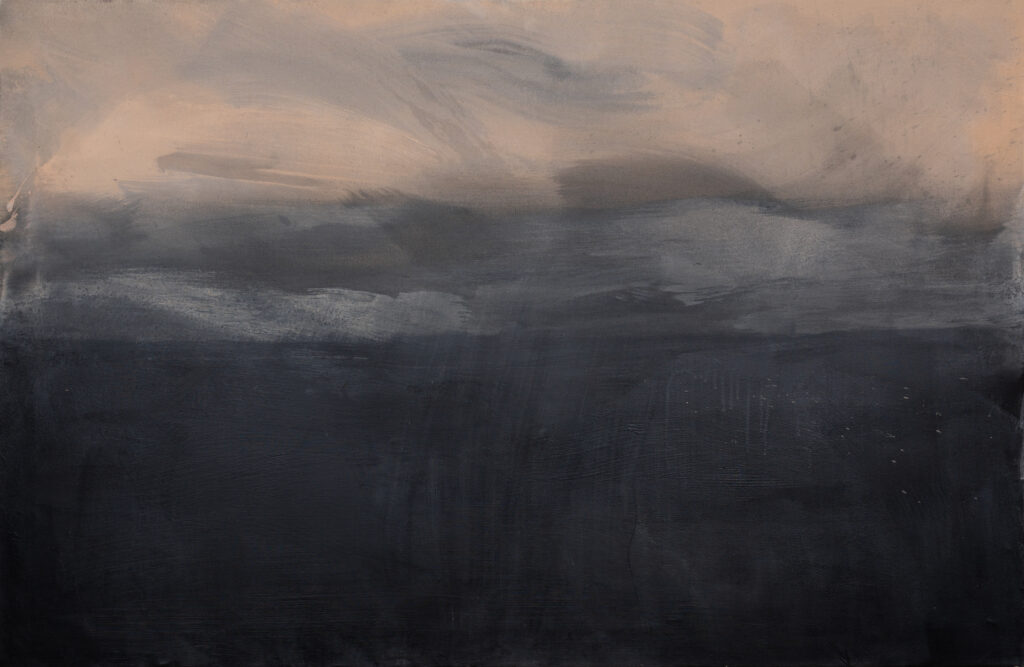
Wil je muziek beluisteren van Loren?

https://recitalprogram.bandcamp.com/album/airs
Wil je Loren muziek zien maken?
Sijme Storm / 2023
